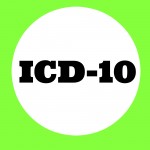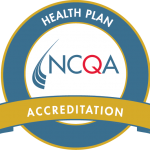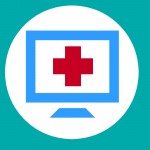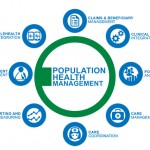
Tips for Optimizing Your Revenue Cycle for 2015
About six months remain in 2015, so now is a good time to reflect on what ways you can optimize your revenue cycle to finish out the year strong. Billing is one of the main areas we’ll focus on today, as it is often one of the main areas revenue cycles get plugged up.









